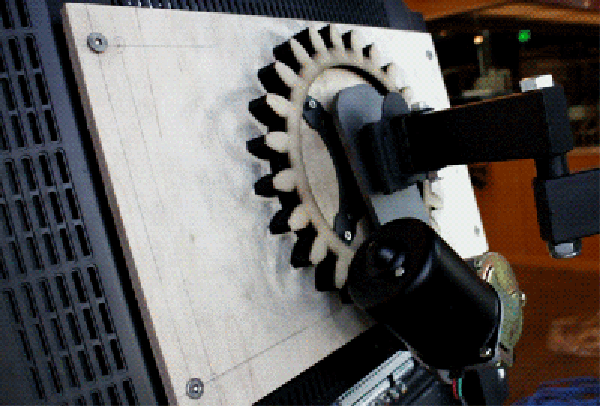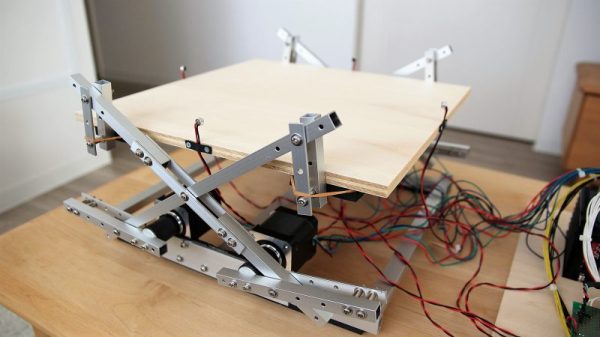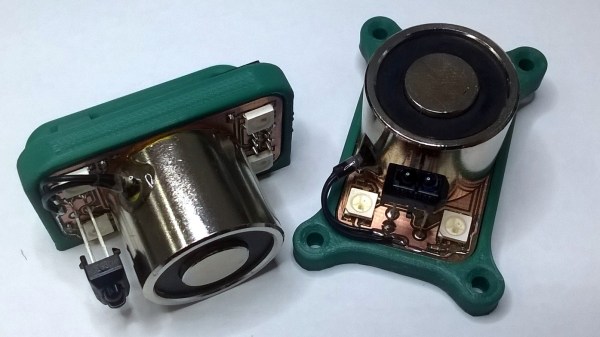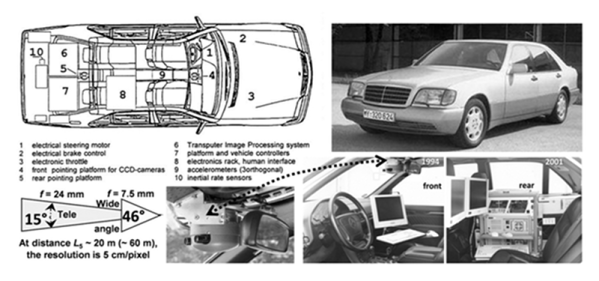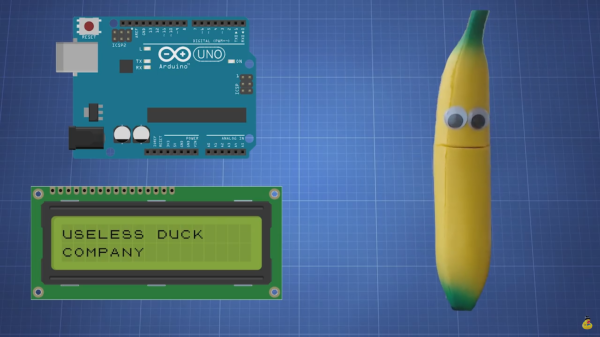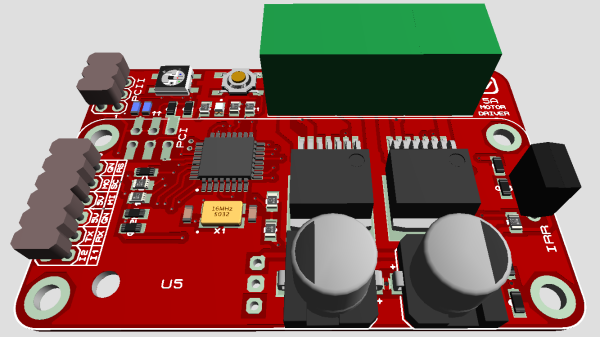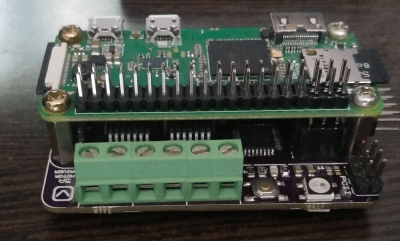An electromagnetic coil gun takes a line of electromagnets working together to form a moving electromagnetic field. These fields accelerate a project and boom, you have electricity moving matter, often at an impressive rate of speed.
[Carl Bugeja] has taken the idea and in a sense turned it upon its head with his flexible PCB actuator. Now the line of electromagnets are the moving part and the magnetic object the stationary one. There is still a line of flat PCB inductors in the classic coil gun configuration, but as the title suggests on a flexible substrate.
The result is a curiously organic motion reminiscent of some lizards, caterpillars, or snakes. It can move over the magnet in a loop, or flex in the air above it. It’s a novel moving part, and he’s treated us to a video which we’ve placed below the break.
He has plans to put it to use in some form of robot, though while it certainly has promise we’d be interested to know both what force it can produce and whether flexible PCB is robust enough for repeated operation. We salute him for taking a simple idea and so effectively proving the concept.
We’ve brought you [Carl]’s work before, most notably with his PCB motor.


